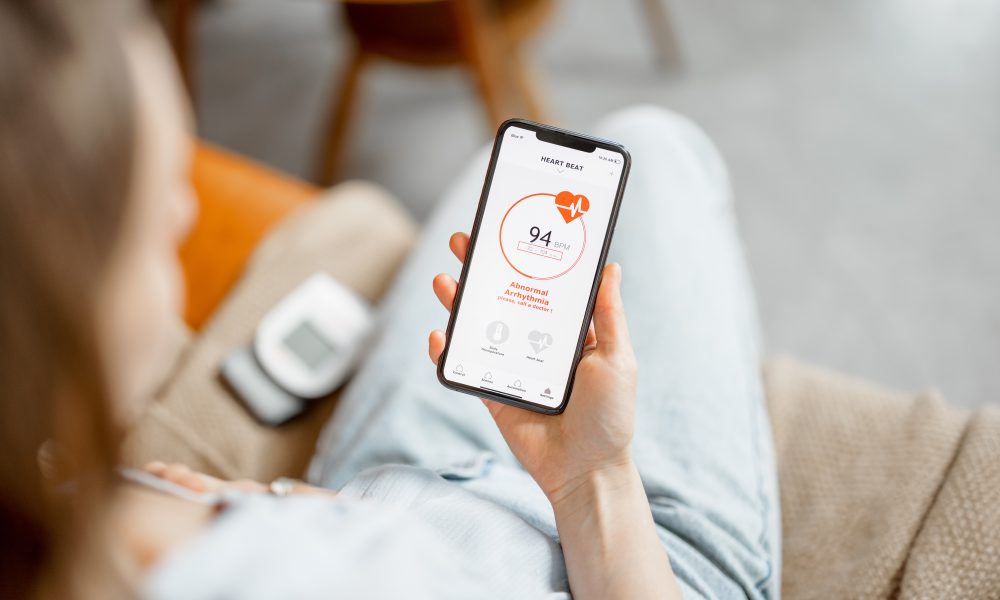
Researchers at the University of Arizona have developed wearable monitoring device system that can send health data up to 15 miles without any significant infrastructure.
The researchers hope that the device will help make digital health access more equitable.
The study was led by Philipp Gutruf, an assistant professor of biomedical engineering and Craig M. Berge Faculty Fellow in the College of Engineering, at the Gutruf Lab.
The COVID-19 pandemic brought attention to the need for accurate, fast and robust remote patient monitoring, Gutruf explained.
Currently-available non-invasive wearable devices use the internet to connect clinicians to patient data for aggregation and investigation.
Gutruf said: “These internet-based communication protocols are effective and well-developed, but they require cell coverage or internet connectivity and main-line power sources.
“These requirements often leave individuals in remote or resource-constrained environments underserved.”
In contrast, the system the researchers developed uses a low power wide area network, or LPWAN, that offers 2,400 times the distance of Wi-Fi and 533 times that of Bluetooth.
The new system uses LoRa – a patented type of LPWAN technology.
Co-lead author, Tucker Stuart, a UArizona biomedical engineering doctoral alumnus, said: “The choice of LoRa helped address previous limitations associated with power and electromagnetic constraints.”
Alongside the implementation of this protocol, the researchers developed circuitry and an antenna, which, in usual LoRa-enabled devices, is a large box that seamlessly integrates into the soft wearable.
These electromagnetic, electronic and mechanical features allow it to send data to the receiver over a long distance.
To make the device almost imperceptible to the wearer, the lab also enables recharge of its batteries over two metres of distance.
The soft electronics, and the device’s ability to harvest power, are the keys to the performance of this first-of-its-kind monitoring system, Gutruf explained.
The Gutruf Lab calls the soft mesh wearable biosymbiotic, meaning it is custom 3D-printed to fit the user and is so unobtrusive that it almost begins to feel like part of their body.
The device, which is worn on the low forearm, stays in place even during exercise, ensuring high-quality data collection, Gutruf said.
The user wears the device at all times and it charges without removal or effort.
Max Farley, an undergraduate student studying biomedical engineering, said: “Our device allows for continuous operation over weeks due to its wireless power transfer feature for interaction-free recharging – all realised within a small package that even includes onboard computation of health metrics.”
The researchers plan to further improve and extend communication distances with the implementation of LoRa wireless area network gateways that could serve hundreds of square miles and hundreds of device users, using only a small number of connection points.
The wearable device and its communication system have the potential to aid remote monitoring in underserved rural communities, ensure high-fidelity recording in war zones, and monitor health in bustling cities, Gutruf said.
The researcher’s long-term goal is to make the technology available to the communities with the most need.
Gutruf said: “This effort is not just a scientific endeavour.
“It’s a step toward making digital medicine more accessible, irrespective of geographical and resource constraints.”





